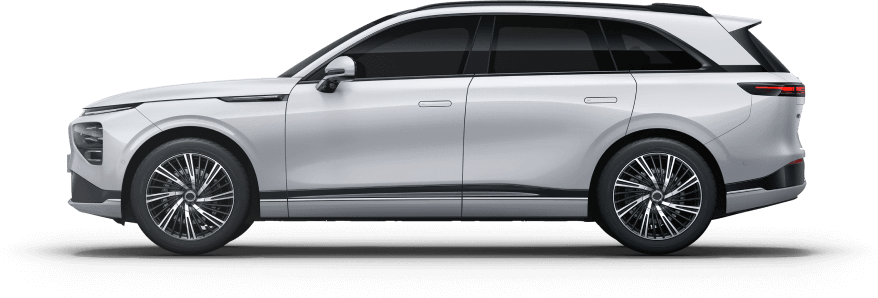Release Date : 2025-08-28
The pricing of the XPeng P7 demonstrates the brand's commitment, yet it aims to reclaim leadership in the mid-to-high-end electric saloon segment.
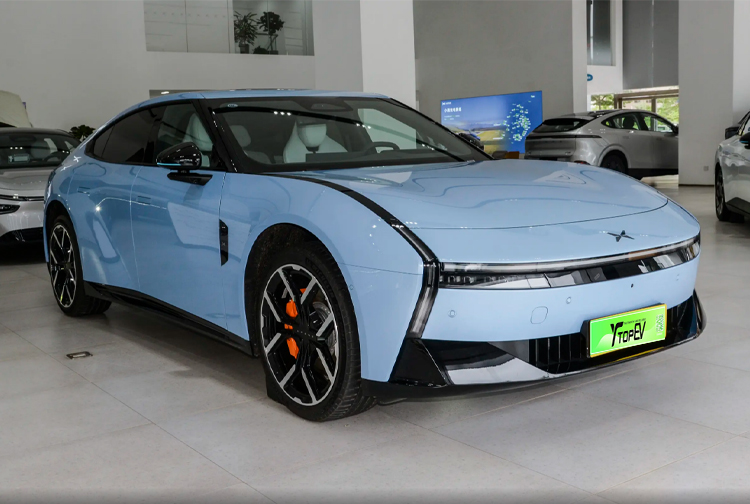
Years ago, the launch of the XPeng P7 established multiple defining characteristics for the brand: intelligent features, a sense of technological sophistication, and avant-garde design. These elements introduced many consumers to XPeng as a pioneering smart car manufacturer. Indeed, the first-generation P7's remarkable performance laid an exceptionally solid foundation for the advancement and development of subsequent XPeng models. Naturally, it also earned market recognition. For a mid-to-high-end pure-electric saloon, the achievements of the Xpeng P7 at the time were truly remarkable.
Precisely because of the P7's exceptional excellence, the all-new generation XPeng P7 has been highly anticipated. On 28th August, the long-awaited new XPeng P7 finally launched, offering four variants priced between US$30,000 and US$45,000. Excluding the niche, bespoke Wingdoor version, the top-spec model actually starts at just US$35,000. As a direct rival to the Xiaomi SU7, the new Xpeng P7's starting price is comparable, yet its top-tier variant is significantly more affordable. After years of anticipation for this generational update, can the P7 still deliver the same level of astonishment as it did years ago?
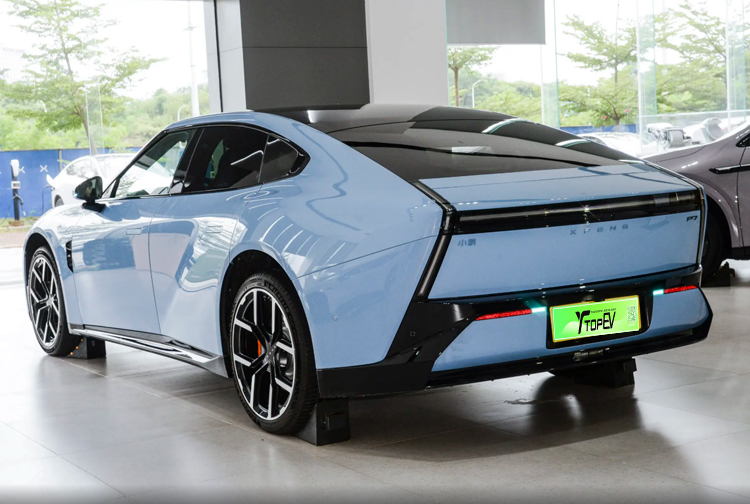
Firstly, the all-new XPeng P7's exterior design is undeniably epoch-making. Much like the original P7 captivated consumers in its era, the new model retains a distinctly futuristic aesthetic. Its ultra-slim headlight clusters significantly lower the visual centre of gravity, imparting a pronounced aggressive stance. Like its predecessor, the new P7 retains a short front overhang, lending it an even more agile stance. It comes standard with 20-inch alloy wheels, while the Performance variant offers 21-inch forged wheels paired with four-piston Brembo brake calipers.
The rear of the new XPeng P7 cleverly conceals its light clusters within the trim, complemented by a practical hatchback tailgate and a stylish active spoiler. Dimensions measure 5017mm long, 1970mm wide and 1427mm high, with a 3008mm wheelbase. Its drag coefficient stands at an impressive 0.201. Notably, when the air suspension is lowered to its minimum height, the P7's body sits at a remarkably low 1407mm, delivering a striking visual profile.
.jpg)
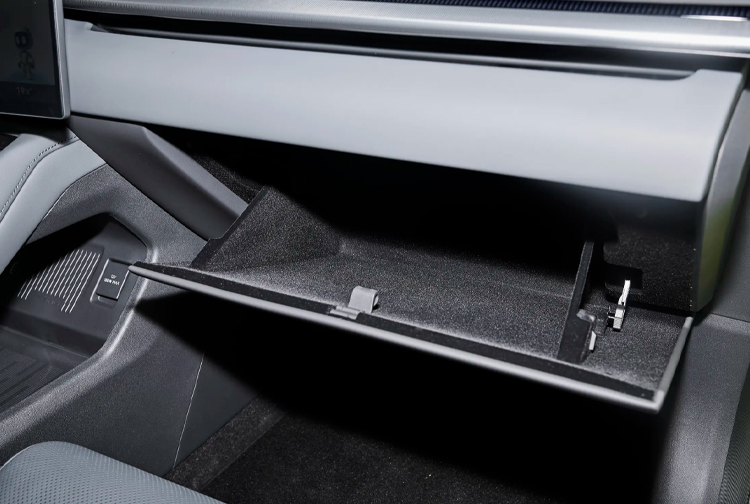
In contrast to its distinctive exterior, the cabin of the all-new XPeng P7 adopts a more conventional approach, featuring a minimalist style consistent with models like the G7. Nevertheless, efforts to cultivate a sporty ambience are evident, such as the two smart control knobs on the three-spoke sports steering wheel, enabling swift adjustment of driving modes and air suspension height. Specifically, the vehicle is equipped with an 8.8-inch instrument cluster display paired with a 15.6-inch flexible three-axis central touchscreen. It houses three XPeng Turing chips alongside a Qualcomm Snapdragon 8295P chip, delivering a combined computing power of 2250 TOPS, maintaining its position at the forefront of industry intelligence.
Powertrain-wise, the all-new XPeng P7 is built on an 800V architecture. The rear-wheel-drive single-motor variant delivers a maximum power output of 270kW, while the dual-motor all-wheel-drive model produces a combined maximum power of 437kW. Battery options include 74.9kWh and 92.2kWh capacities, offering CLTC-rated pure electric ranges of 702km, 820km, and 750km depending on configuration.
When compared to the Xiaomi SU7, although the entry-level XPeng P7 carries a higher price tag, it matches the higher-spec Xiaomi models in virtually all configurations beyond range and power output. Features like air suspension are standard across the range, making the entry-level P7 significantly better value than the Xiaomi SU7. The top-spec P7 also remains competitively priced. It should be noted, however, that from the P7+ to the new G9 and X9, Xpeng has not demonstrated strong competitiveness in the mid-to-high-end market above US$30,000. A significant reason for this is that the launch of the MONA has impacted Xpeng's brand image, associating it with the value-for-money label. As Xpeng's pioneering model, the P7 to some extent determines the company's standing in the mid-to-high-end market.
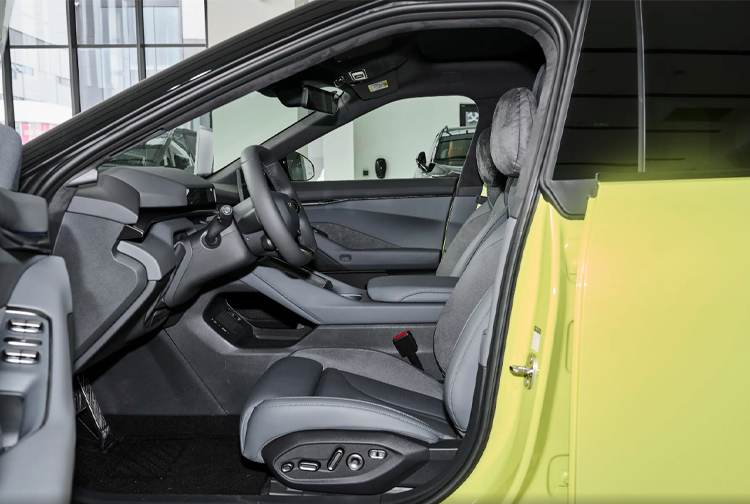
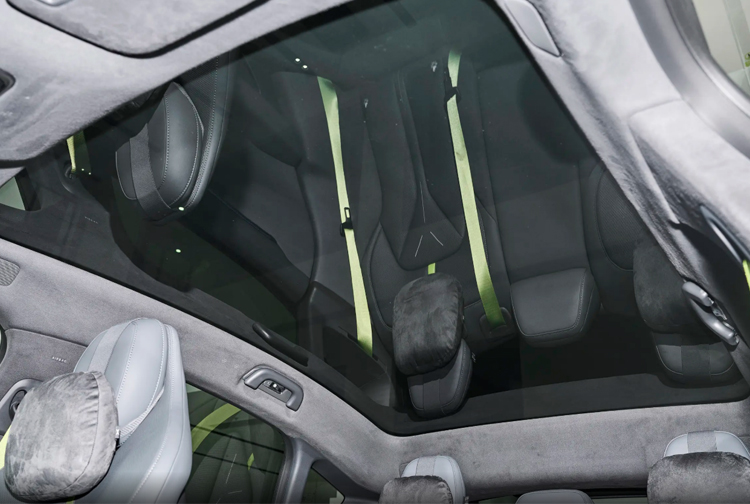



.jpg)




.jpg)
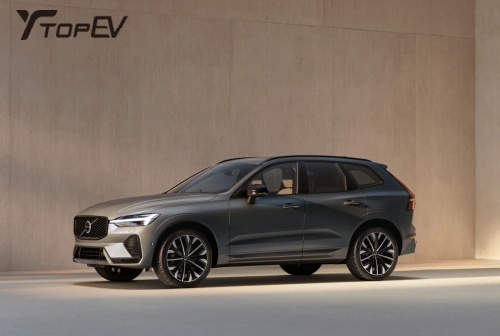
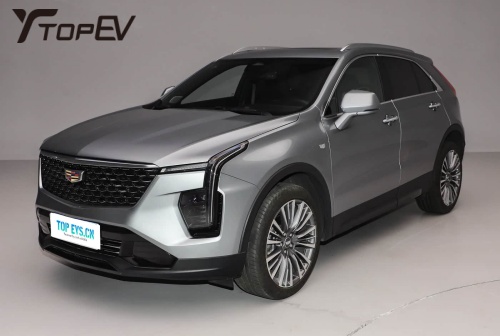
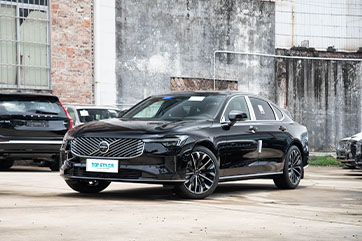
.jpg)
.jpg)
.jpg)
